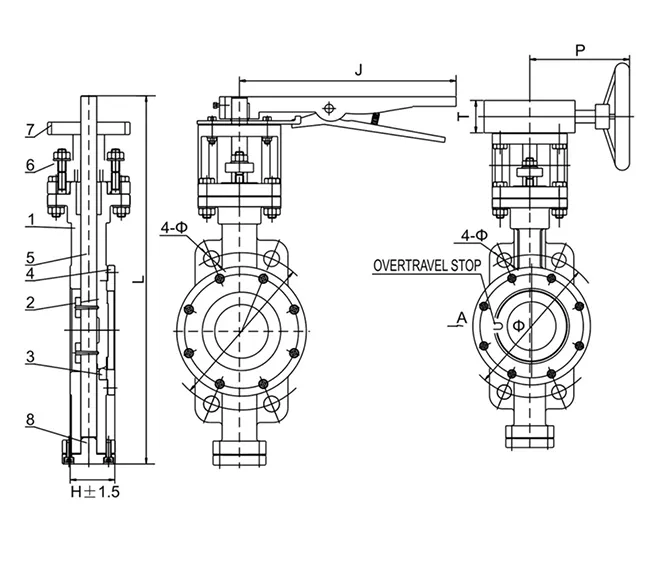Nov . 27, 2024 18:15 Back to list
Constructing Cable and Wire Systems for Modern Infrastructure Solutions
The Evolution and Importance of Building Cable Wire
In the fast-paced world of construction and infrastructure development, building cable wire has emerged as an indispensable component, playing a critical role in powering our homes, businesses, and cities. The evolution of cable wire, from its early beginnings to modern advancements, has significantly impacted both electrical engineering and overall construction practices.
Historical Context
The concept of using wire to transmit electricity dates back to the 19th century when pioneers such as Michael Faraday and Thomas Edison laid the groundwork for electric power systems. The earliest forms of electrical wiring were cumbersome and lacked the safety features we consider standard today. However, the invention of insulated wires reduced risks and led to safer, more efficient electrical systems. By the late 19th century, the introduction of copper and aluminum wiring revolutionized power transmission, leading to the widespread electrification of cities and rural areas alike.
Modern Building Cable Wire
In contemporary construction, building cable wire encompasses a variety of electrical cables used to connect electrical systems and devices. These wires are typically composed of conductive materials like copper or aluminum, insulated with materials designed to prevent electric shocks and short-circuits. Different types of cables are used for specific purposes; for example, the Non-Metallic Sheathed Cable (NM cable) is commonly used for residential applications due to its versatility and ease of installation, while armored cables are used in commercial settings where added protection is necessary.
Significance in Construction
The importance of building cable wire in construction cannot be understated. It serves as the backbone of modern electrical systems, enabling the operation of lighting, heating, air conditioning, and numerous electronic devices essential for contemporary living. Moreover, advances in cable technology have led to more sustainable solutions, such as reduced energy consumption and longer-lasting materials.
For instance, advancements in low-voltage power distribution systems and energy-efficient building designs have allowed for a decrease in the overall amount of wiring needed for a project while still providing adequate power supply to all necessary systems. This efficiency not only reduces costs but also minimizes the environmental impact associated with material production and electricity consumption.
building cable wire

Safety Considerations
Safety is paramount when it comes to building cable wire installation. Standards and regulations have been established to ensure that wiring practices meet national and local codes. The National Electrical Code (NEC), for example, provides guidelines on wire types, installation methods, and safety protocols to prevent hazards such as electrical fires and shock. Proper installation by licensed electricians is crucial; it ensures compliance with these regulations and enhances overall safety.
Furthermore, advances in cable technology have resulted in innovations such as fire-resistant cables, which help mitigate the risk of fire in buildings. These cables are designed to withstand high temperatures and limit the spread of flames, providing an additional layer of protection in case of an electrical failure.
Future Trends
As technology continues to evolve, so does the field of building cable wire. The growing reliance on smart technologies and renewable energy sources is driving the development of specialized wiring solutions. For instance, the integration of building automation systems requires data cables that can handle higher bandwidths and signal quality, facilitating seamless communication between devices. Moreover, as solar energy becomes more prevalent, cables designed for photovoltaic systems are also gaining traction in the market.
Sustainability trends are influencing cable manufacturing practices as well. More manufacturers are focusing on producing eco-friendly insulation materials and recyclable copper components, reflecting the industry's response to environmental challenges.
Conclusion
Building cable wire has progressed significantly from its rudimentary beginnings to become a critical component of modern construction. The significance of these wires extends beyond mere electrical conduction; they are vital for safety, efficiency, and sustainability within our built environment. As technology and societal needs continue to evolve, the future of building cable wire promises even more advancements that will enhance our infrastructure and improve living conditions across the globe. The ongoing innovation in this field will undoubtedly shape the future of energy consumption and electrical engineering in the years to come.
Share
-
Reliable Wafer Type Butterfly Valves for Every IndustryNewsJul.25,2025
-
Reliable Flow Control Begins with the Right Ball Check ValveNewsJul.25,2025
-
Precision Flow Control Starts with Quality ValvesNewsJul.25,2025
-
Industrial Flow Control ReliabilityNewsJul.25,2025
-
Engineered for Efficiency Gate Valves That Power Industrial PerformanceNewsJul.25,2025
-
Empowering Infrastructure Through Quality ManufacturingNewsJul.25,2025